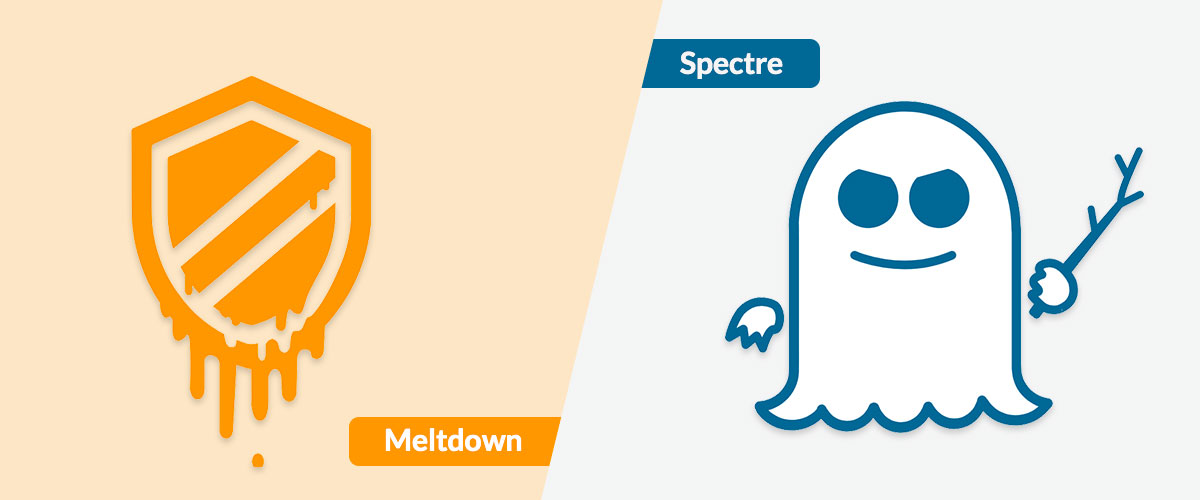What Are the Meltdown and Spectre Bugs?
In this post, we give a quick overview of the new kids on the cybersecurity exploit block, and how they can compromise your data security.
Join the DZone community and get the full member experience.
Join For Free
Meltdown and Spectre are two nasty bugs that have taken down quite a few computers and devices. Intel, AMD, and ARM processors have become victim to these bugs. We all know that last year was devastated by different types of ransomware, but, this year, attacks have started quite early.
Meltdown and Spectre Bugs
Typically, applications work in isolation and they use their own arbitrary memory, but Spectre tricks one application into using another application's memory space. Data like passwords, email ids, and other personal details may have been compromised because of these bugs that exist in the chip's architecture.
The other half of the equation, Meltdown, is a vulnerability that exploits the kernel memory of your CPU where sensitive data is stored.
Reports in the Wild
There are no reports about these bugs exploiting data in the wild, but experts believe data may have compromised.
Who Discovered These Bugs?
Jann Horn, a researcher from the Google Zero Project along with other experts from different cyber research firms reported this exploit earlier this week.
Which Systems Are Affected by These Bugs?
Every Intel processor that does out-of-order execution is affected. Intel is the prime victim in the case of Meltdown, but AMD has stated their processors are not exploited as much as Intel. In the case of Spectre, however, almost all desktops, laptops, cloud servers, and smartphones are affected. Even cloud vendors like VMware, Citrix, AWS, and Azure have been affected.
How to Mitigate Meltdown and Spectre Bugs?
Patching your systems with right patch seems to be the only true solution. Though these bugs can't be completely avoided until complete chip replacement, as of now few OS vendors have released fixes to handle these exploits.
Microsoft did release an emergency security update earlier this week to handle these exploits by patching its Windows 10 OS, updates for other versions are expected to be out by this month's patch Tuesday. Apple claims it has already handled these exploits in its earlier versions iOS 11.2, macOS 10.13.2 and tvOS 11.2.
Google claims it will have these issues fixed by this month's Android security update, and a fix for Chrome browsers will be rolled out during the release of Chrome 64. While Mozilla, Linux, VMware, AWS, and Azure have also released fixes.
Easy Methods to Mitigate All These Complex Vulnerabilities
With the help of two procedures, SIEM and Automatic Patch Deployment, all these exploits can be fixed easily. SIEM will help you to set alerts and notify you if there is any unusual behavior in your network (reactive), while automatic patch deployment will help you fix vulnerabilities in time and avoid any unforeseen surprises (proactive).
With Microsoft releasing security updates every month to fix critical vulnerabilities, practicing both reactive and proactive approaches towards IT security will be the best move against threatening cyberattacks.
Opinions expressed by DZone contributors are their own.

Comments